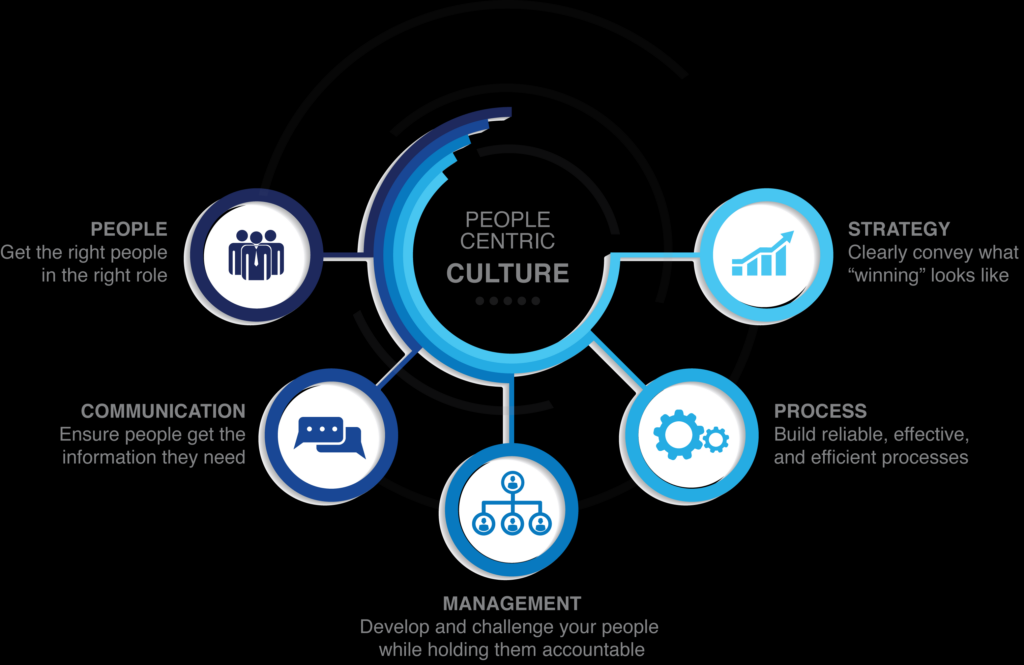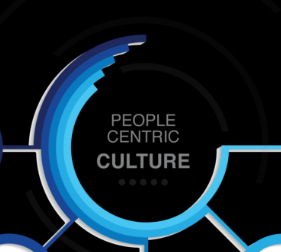LeadRouter began when it was a modest company with just a few employees. At that time the company was operated without a dedicated HR or recruitment team. It was a clean slate, a chance to bring a fresh perspective to the table.
The company’s vision was ambitious: doubling in size. But the mission was not just about expanding the recruitment team; it was about creating a system that attracted talent and ensured their growth and development within the organization. It was about making sure people didn’t just join us but thrived and flourished with us.
This article is a glimpse into the journey at LeadRouter in building a People Team that genuinely puts people first.
Part I: Crafting the People Department
As we set out to build the People department, we kept one key principle in mind: leveraging the talent already present within the organization. We wanted to avoid starting from scratch, scanning the outside world for talent when there were probably hidden gems right within our team. We believed that someone working in an SDR role or a similar position could potentially fit perfectly into another critical role in the organization.
So, we wondered: how could we get “lazy” with our recruiting, filling crucial positions with talent who were already acquainted with the organization, its challenges, and its mission?
The answer was the “LeadRouter Plan.” It was a personalized document for every team member, allowing them to outline their ideal career path. Nothing was off-limits. The central question was simple: “What do you want to do?” Based on these documents, we could identify whether the talent we needed already resided within our organization.
Over time, the LeadRouter Plan evolved into a comprehensive Talent Development department, focusing on nurturing and expanding the talent that was already in our midst.
A People-Centered Approach
Our team’s motto is clear: “We engage, hire, and develop the best talent in the world.” Above all, we’re about humanity. Everything else we do revolves around that core principle. At every stage of an employee’s journey – be it engagement, hiring, or development – we place our focus squarely on them as individuals.
This commitment to humanity shapes the structure of our team. Here’s an overview:
- Talent: This is our core recruiting department, backed by Recruiting Operations and People Analytics, which is a rarity for a company of our size. Our recruitment team doesn’t just have recruiters; they are backed by systems that handle administrative tasks, allowing our recruiters to build relationships and offer excellent candidate experiences at scale.
- Operations: This department encompasses everything from headcount planning to compensation philosophy and People processes. We believe the HR department should receive the same level of strategic support as other teams, ensuring data-driven operations.
- Employee Experience: We have an entire department dedicated to enhancing the experience of being a part of our team. This includes onboarding, personalized training, and regular engagement surveys.
- Talent Development: Our commitment to employee growth runs deep. We empower our team members to explore different roles and career paths, and that’s where our Talent Development department comes into play.

Part II: Segregating Learning and Development
At LeadRouter, we’ve consciously chosen to distinguish between Learning and Development (L&D). Learning pertains to role-specific skill development and is under Employee Experience. Development, on the other hand, is about personal and professional growth and is housed within the Talent Development department.
This separation ensures that underperformance is not attributed to individual inadequacies. We believe that everyone is capable; it’s often a matter of aligning skills with roles. We maintain a clear distinction between performance discussions and development conversations to preserve trust and objectivity.
Part III: The Path of Trial and Error
Our journey towards becoming a people-centric department was not without challenges and valuable lessons. Looking back, there are two areas where I’d do things differently:
- Establishing Progression: Creating skill frameworks for every role in InstaBroker was a tremendous undertaking. In retrospect, I would have sought company-wide buy-in earlier and emphasized how it could help us tap into the talent we already had.
- Early Recruitment for Talent Development: Initially, when I thought about talent development, I believed we needed someone solely to manage the LeadRouter Plan initiative. With our Director of Talent Development and Coaching now on board, it’s become evident that talent development encompasses more than we initially thought.

Part IV: Insights from the Journey
One of the most significant insights from this journey is the realization that systems and data can play a pivotal role in building a people-centric department. Using software and data, we can genuinely empower our employees and invest in their growth. It’s a paradigm shift from the traditional HR mindset of cost-cutting. It’s about demonstrating the value of investing in employees and aligning their skills with the right roles.
Bonus: Tools that Foster People-Centricity
To build a human-centric team, the right tools are indispensable. At LeadRouter, our top three favorites are:
- Form router: Increase your inbound lead conversions with Form router. Our technology instantly qualifies, routes, and books leads from your existing forms, saving you time and streamlining your lead management.
- Relay: Say goodbye to manual lead routing spreadsheets and hello to efficient lead management with Lead router. Don’t waste any more time on manual processes – add RELAY today.
- InstaBroker: Our one-click scheduling feature lets you book meetings in a snap, so you can focus on closing deals and growing your business
Conclusion:
In conclusion, LeadRouter’s journey to building a people-centric team showcases the power of prioritizing humanity within an organization. By distinguishing between learning and development, structuring the team effectively, and leveraging the right tools, LeadRouter has created an environment where employees can not only excel but also grow personally and professionally. This approach, driven by a commitment to people, offers valuable insights for organizations seeking to foster a similar people-first culture. LeadRouter’s journey is an ongoing one, with a promising future ahead.

